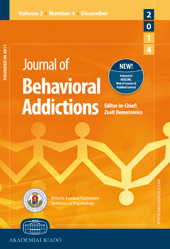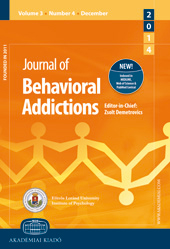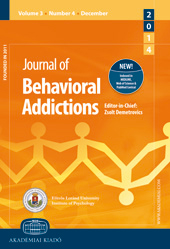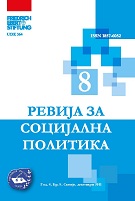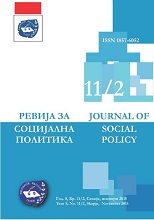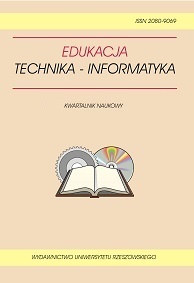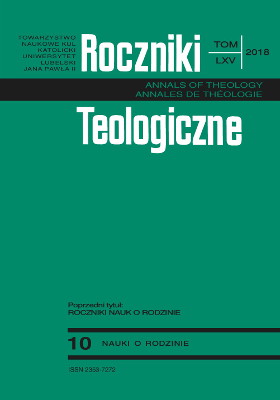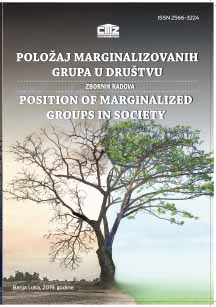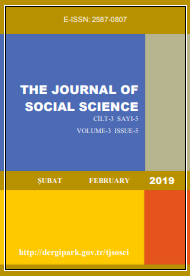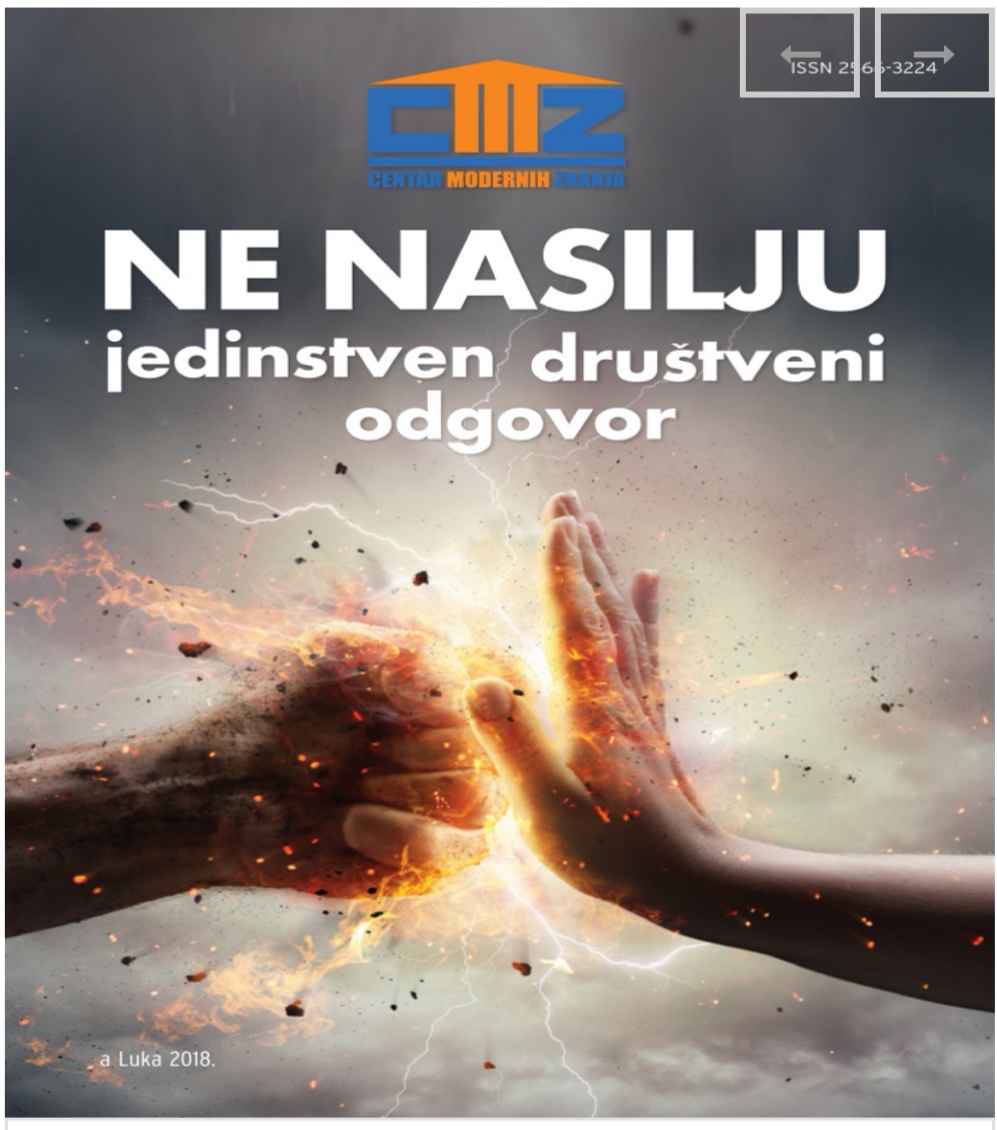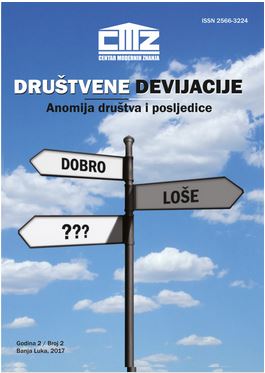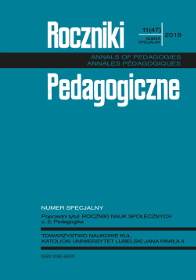Organizovani kriminal u regionu Jugoistočne Evrope ( etiološka obeležja, zajedničke karakteristike i najčešći pojavni oblici)
During the nineties of the past century, the organized crime appeared as a consequence of economic and political changes in the Southeastern Europe region. Transition processes were influenced by the war events and so the changes were additionally burdened. Since the processes were followed by the violence caused by the war and the lack of the vision, the legal institution activities were replaced by different activities, including criminal activities. From the historical point of view, the organized crime presents the new activity in this area, but it reached and even overcame its competitors. Although the organized crime in the Southeastern Europe region had all main characteristics of the organized crime in general, started by the purposes, methods and organization, those characteristics were improved and adapted to the Southeastern Europe’s conditions. Thus this negative structure made of the professional criminals, corrupt politicians and subordinate policemen became a specific “Balkan” criminal company. In the other word, the organized crime was marked by the Balkan mentality. Thus, the profit goes beyond the earnings of many powerful international corporations and National Income of many countries. So, the organized crime in the Southeastern Europe region became one of the most powerful international crime gangs and a powerful competitor, not only to the other international criminal groups, but to the legal state economies, as well. As far as it raises power, especially financial power and influence of the organized crime to the legal social structures and to economic and political situation, the need of organized opposition to this very dangerous criminal organization is bigger. Thus the fight against the organized crime is a very important duty of each country, including the countries from the region. In that sense, a special attention should be paid to the fight against the organized crime, beginning with the normative regulation, trough the special organs and procedures oriented to the suppression of this social evil incarnated in the form of the organized crime.
More...
